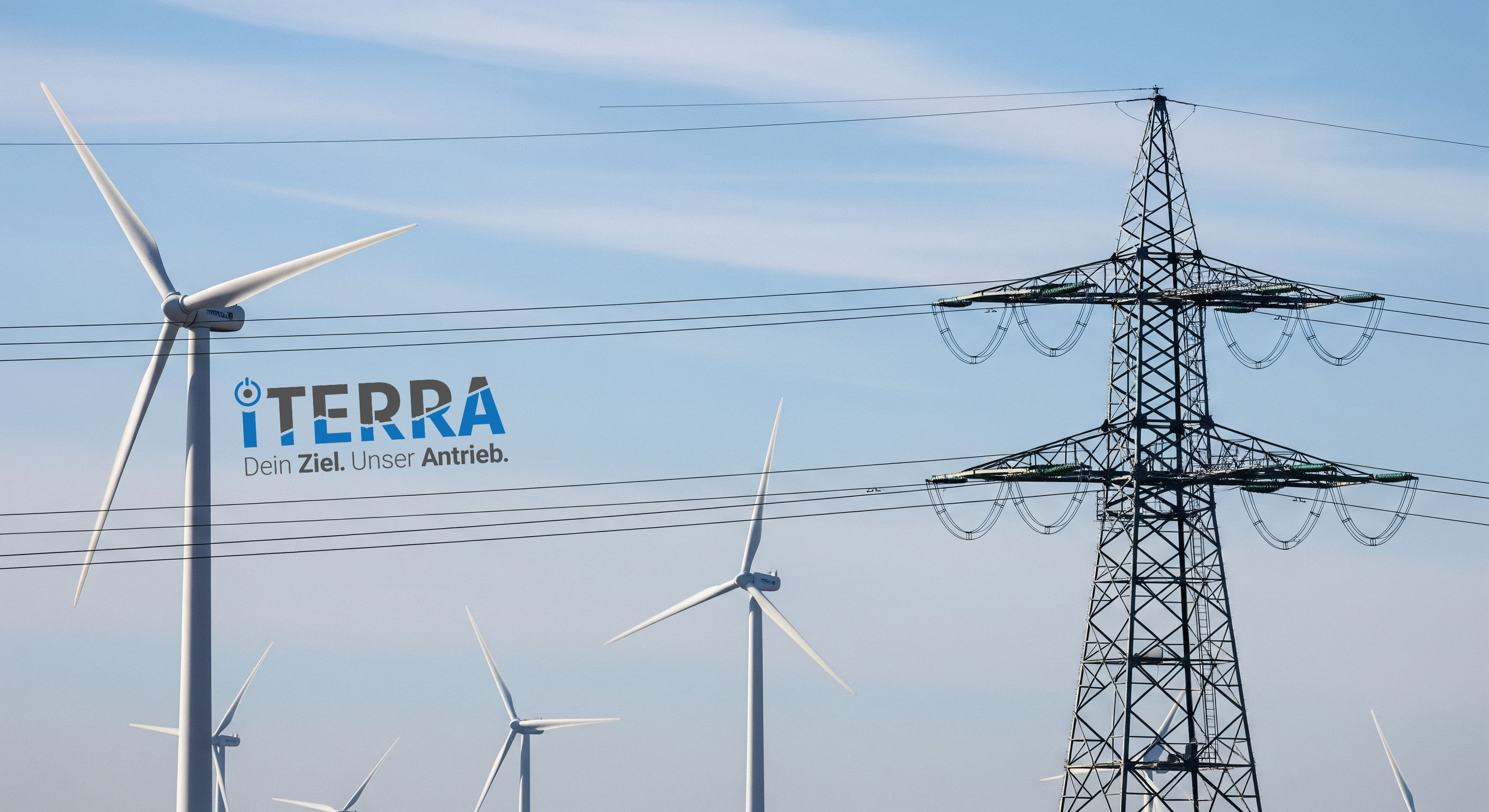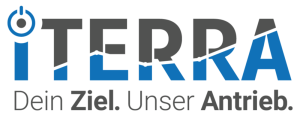Reliable implementation of all Redispatch 2.0 obligations – from data acquisition to incident notification, fully integrated into your plant operation.



With Redispatch 2.0, the management of grid congestion in Germany has been fundamentally reorganized. Since October 2021, operators of wind turbines have also been obliged to actively participate in the control and coordination of feed-in management measures. For many operators, this means new technical requirements, new processes – and the need to work efficiently with network operators, direct marketers and data providers.
Redispatch refers to interventions in the feed-in of generation plants in order to avoid grid overloads. With the introduction of Redispatch 2.0, the procedure has been extended to all turbines with an output of 100 kW or more – including many wind farms and individual wind turbines. The aim is coordinated, grid-friendly plant operation based on standardised data processes.
Whereas in the previous feed-in management the grid operator unilaterally ordered measures, Redispatch 2.0 relies on forward-looking planning. Operators must now actively provide data and provide forecasts. The most important duties are:
Redispatch 2.0 pursues the goal of avoiding grid bottlenecks in advance and integrating renewable energies more efficiently into the power grid. To this end, a continuous exchange of data between producers, grid operators and marketers will be established. For operators, the new procedure offers more transparency, predictability and a fairer distribution of curtailments in the network in the long term.
To implement this, operators must ensure that their system control system meets the requirements of Redispatch 2.0. These include:
Redispatch 2.0 means additional organizational and technical effort for many operators. In particular, data provision, system integration and coordination with network operators can be complex. Typical challenges are:
Since Redispatch 2.0 combines technical, legal and organizational aspects, it is advisable to work with specialized consultants and service providers. These support the technical integration, the selection of suitable partners, communication with network operators and the implementation of legally compliant processes. On wind-turbine.com, operators will find qualified experts who offer consulting, software solutions and operational support for Redispatch 2.0 – from data management to operational optimization.
Redispatch 2.0 is a central building block for grid stability in an energy system with a growing share of renewable energies. For operators of wind farms, it means new obligations, but also opportunities: more transparency, more efficient processes and better integration into the power grid. With the right technical solution and competent advice, operators can not only meet the requirements, but also optimize their operating processes in the long term.
